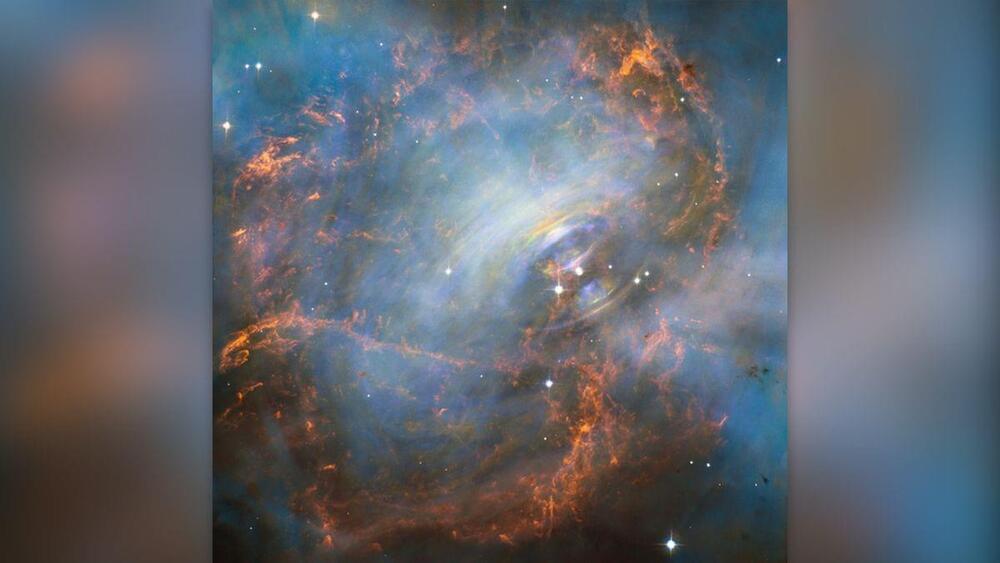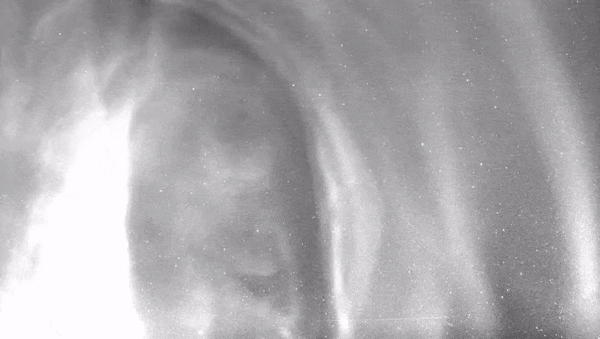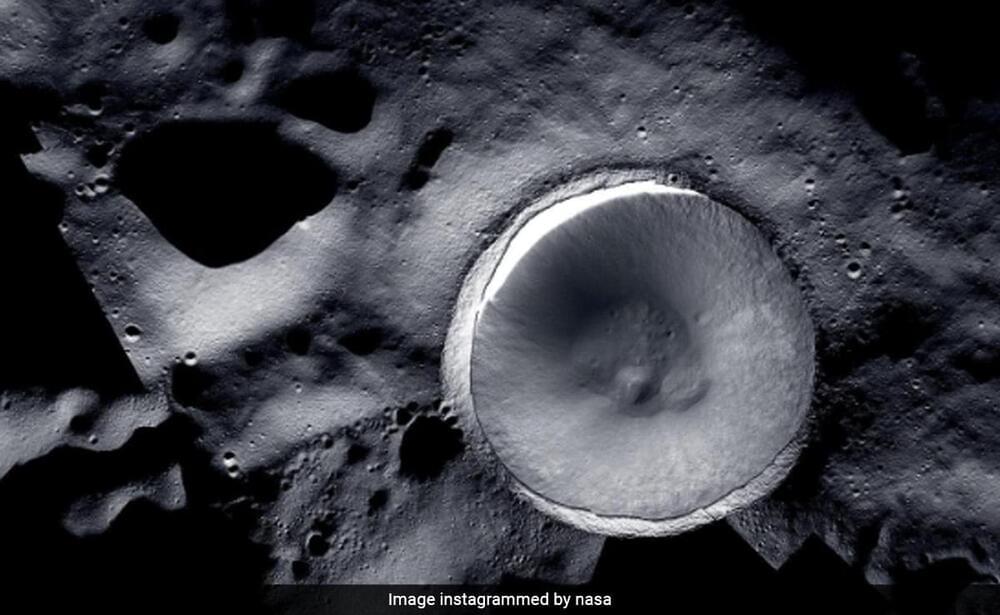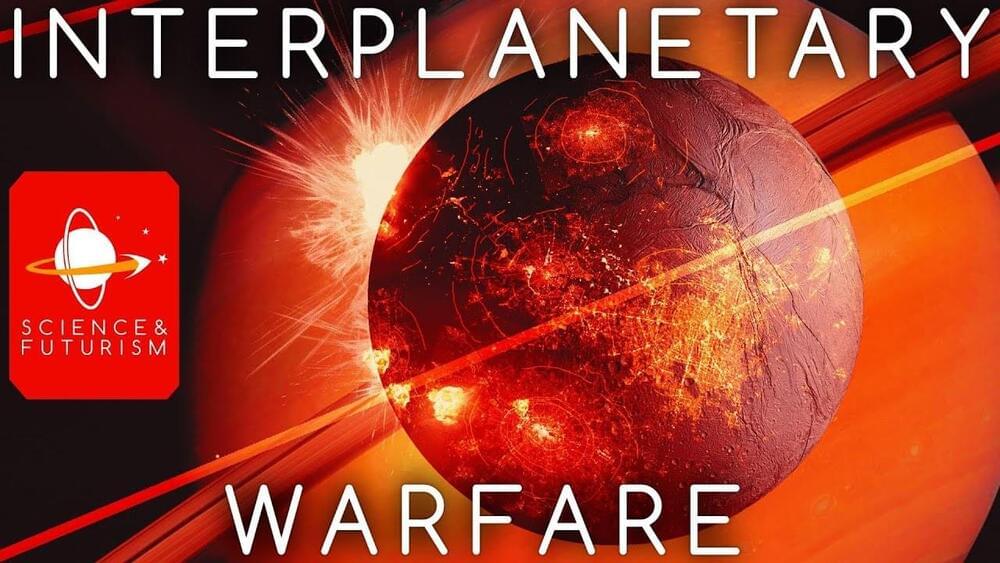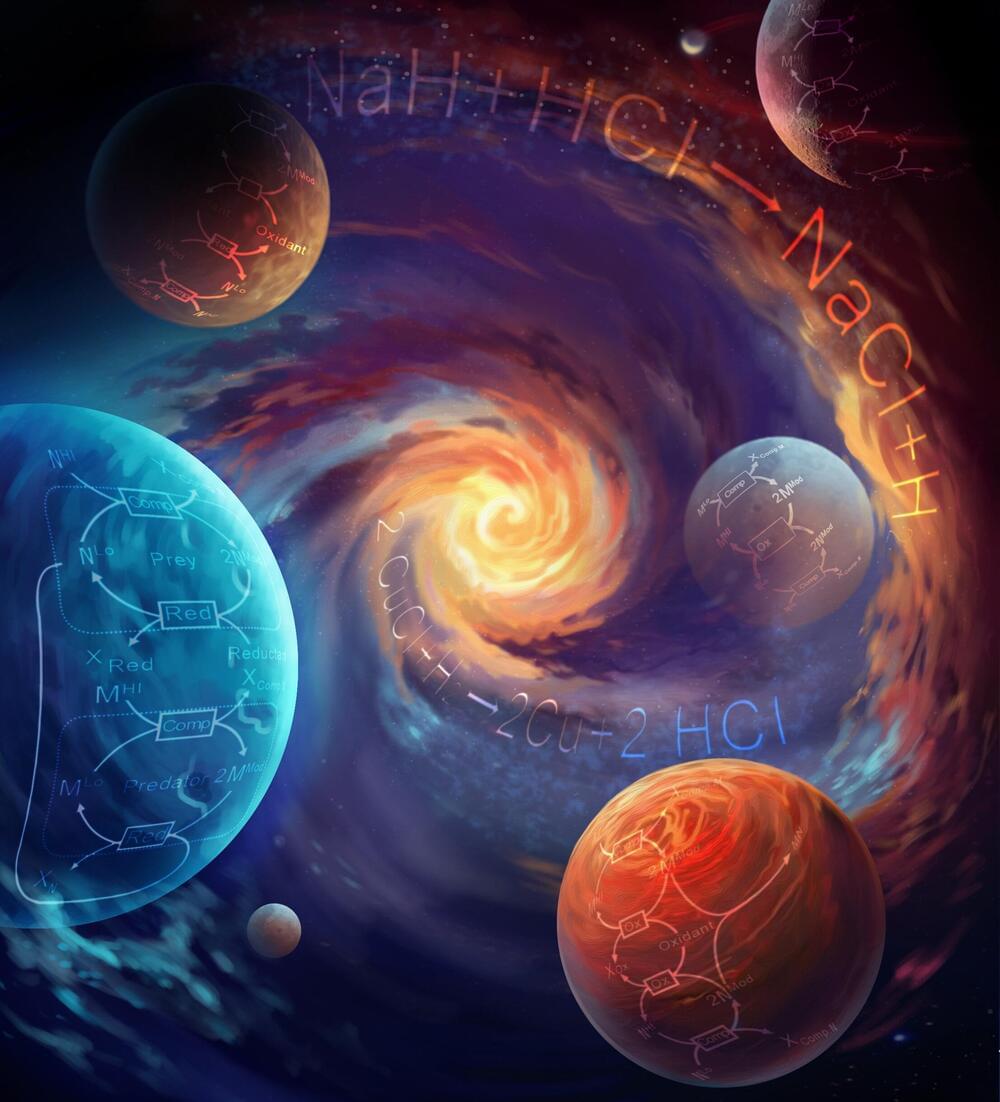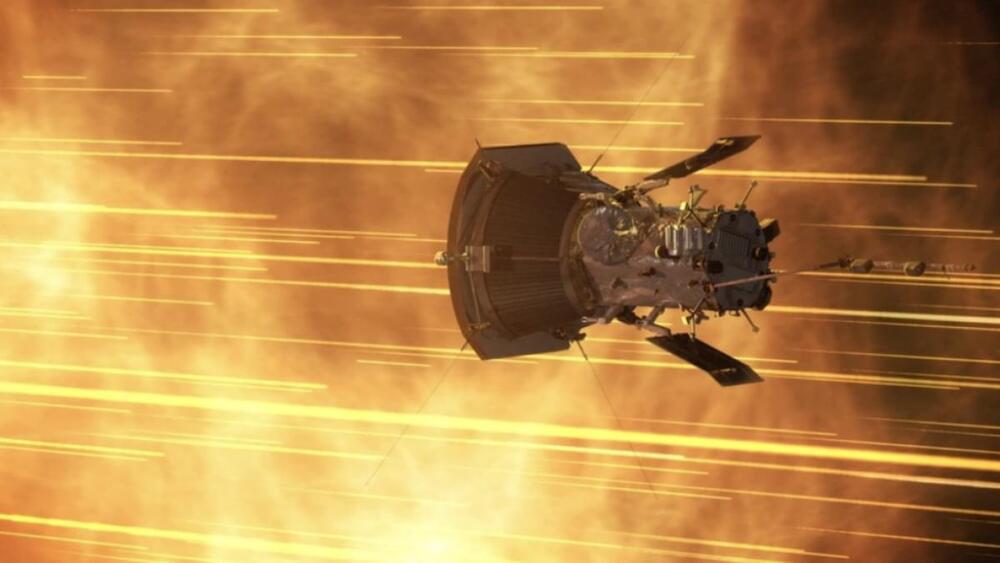
General-purpose automation could radically improve society by vastly accelerating construction, manufacturing, and R&D. Just as the scale and complexity of today’s cities would have been unimaginable 200 years ago, we may see a similar factor of value growth over the next 50 years. Quality of life may dramatically increase as well. I envision that billions could be lifted out of poverty and the average person may live like today’s wealthiest top 1%. Space colonization might be made feasible. Keep in mind these projections are highly speculative. Nonetheless, it is worth considering the remarkable possibilities! #automation #tech #robotics #futurism
The rise of humanoid robots didn’t happen overnight, but a kind of perfect storm has accelerated the phenomenon over the past year and change. The foundation, of course, is decades of research.
Toiling away in research facilities and R&D departments laid the ground work for a new generation of technology. The necessary software and components have come a long way, driven by innovations in industrial robotics, autonomous driving and even the smartphone industry.
Continue reading “This is Apptronik’s humanoid robot, Apollo” »
